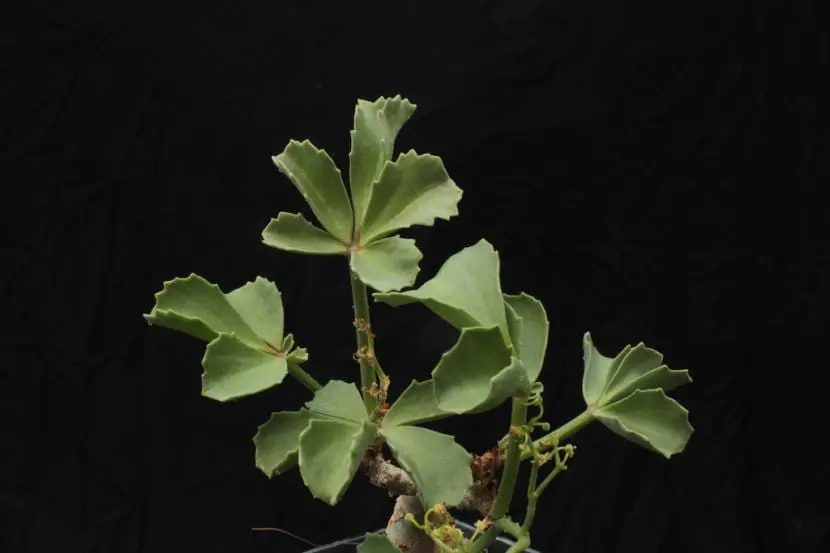Caudiciform plants are wonderful. They all have an incredible ornamental value, since they have the characteristic that they give that exotic touch that is so sought after in gardens. There are many different species, each one more interesting. Some we can begin to see in botanical gardens, while others can only be found in private collections.
I’m going to tell you which are the easiest to get, and also a list of tips so you can enjoy them. You will see how it is not complicated.
desert rose

Surely it is the most popular of all, and its flowers are very beautiful, right? The Desert Rose , whose scientific name is Adenium obesum , lives in South Africa. Its trunk can thicken up to a meter in diameter, with a height not exceeding three meters.
It has a rather slow growth, but if it is paid during the growth period, that is, from spring to early autumn, it will grow somewhat faster. And with more energy.
Pachypodium

Pachypodiums are caudiciform plants that are gaining more and more prominence in gardens and collections, especially Pachypodium lamerei, which is one of the most resistant to cold. Originally from the African continent, they grow as trees or shrubs with stems with or without thorns. Its flowers are white, fragrant, and appear in summer.
Its growth rate is relatively fast.
elephant foot

The genus of the Elephant ‘s foot is very wide, so much so that we can find them in all tropical and temperate climates around the world. They behave as climbers reaching a height of ten meters.
They grow very well in pots.
care

The care they need is, as a general rule:
- Warm climate, frost-free, or alternatively a greenhouse
- Substrate that facilitates drainage
- Spaced watering, allowing the soil to dry completely before watering again
- Fertilize from spring to autumn with a universal or organic fertilizer
- They can be kept both in a pot and in the garden.
- Spray them from time to time with Neem oil to avoid cochineal pests.
